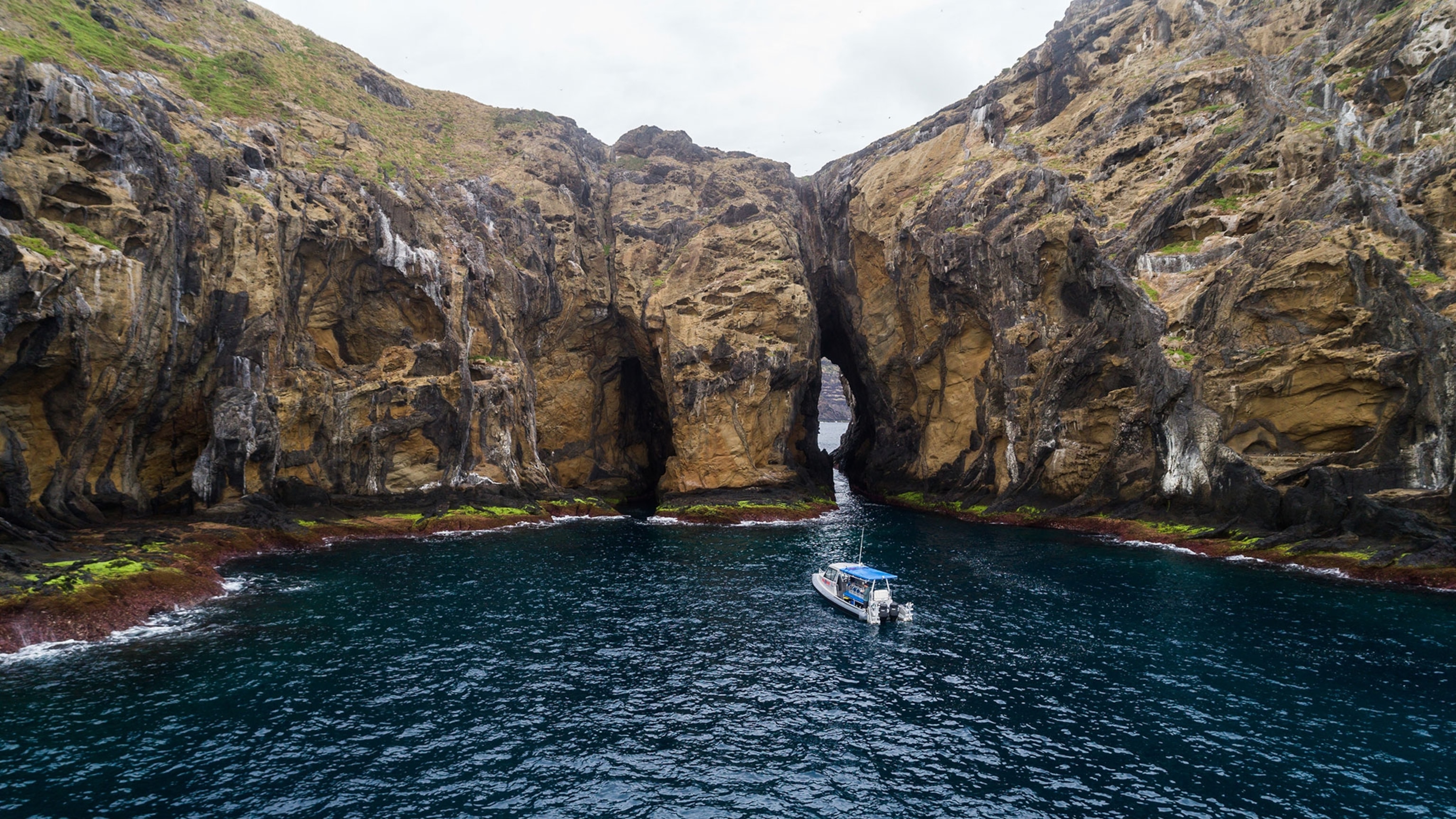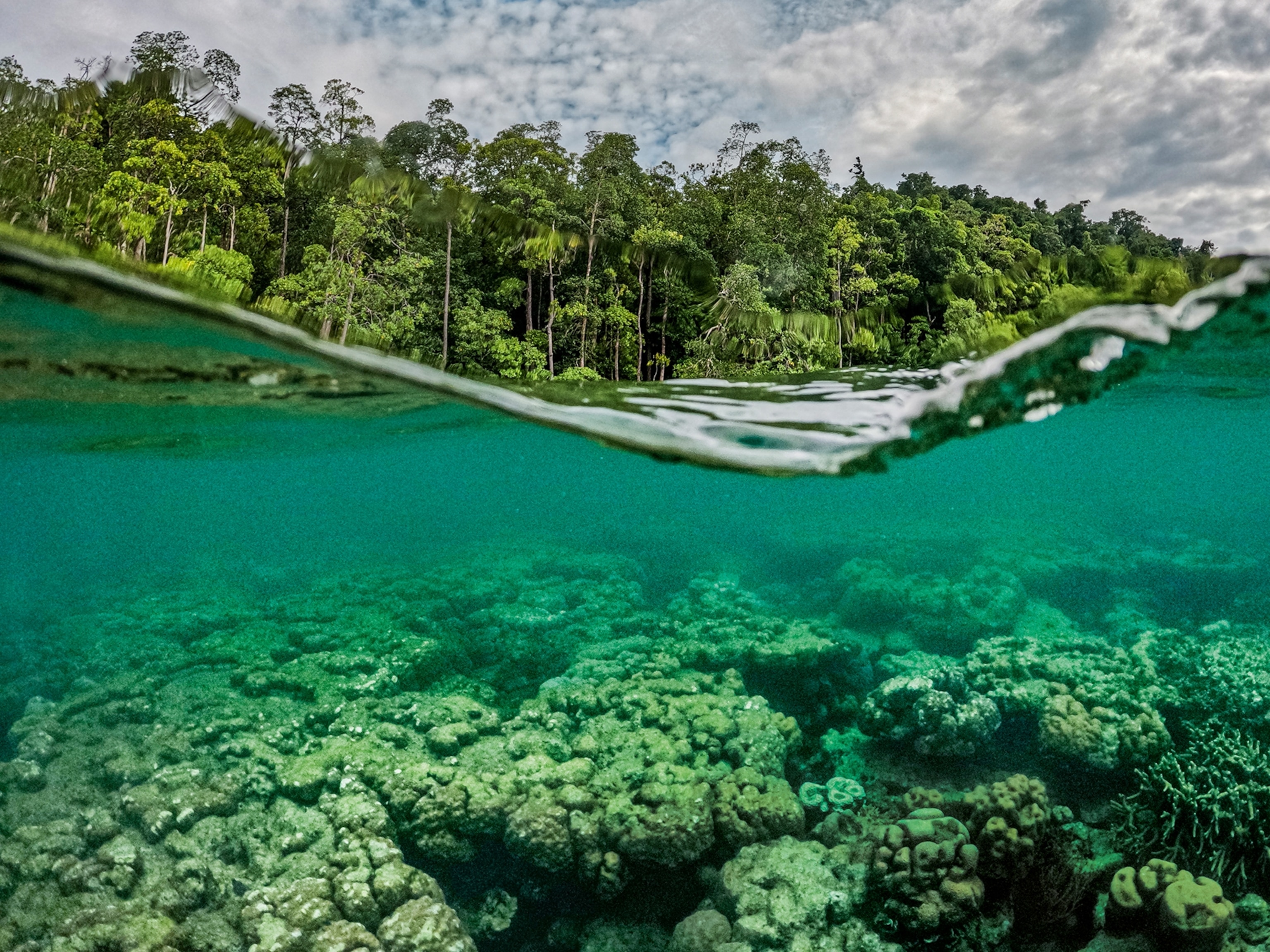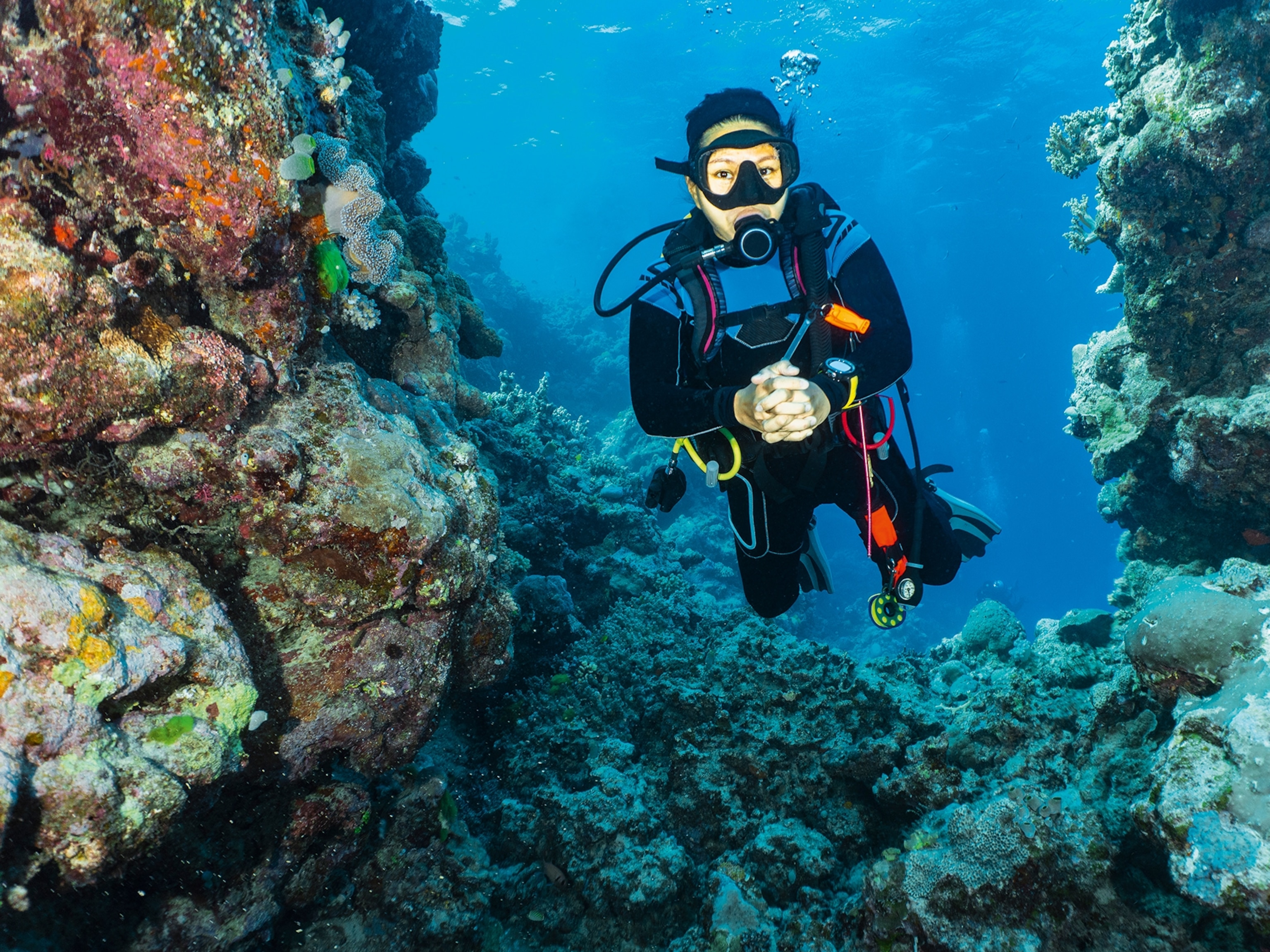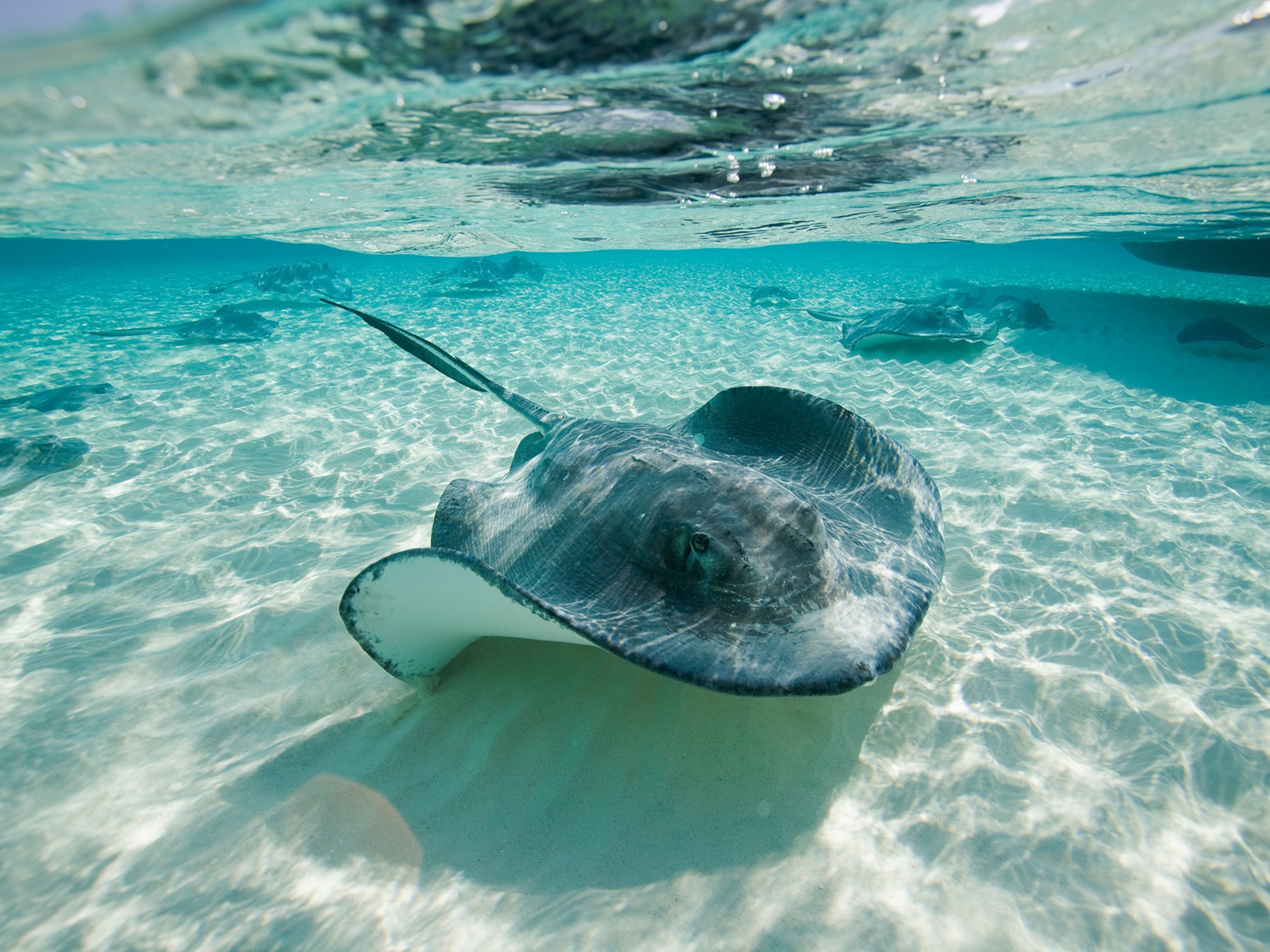Explore the Southernmost Coral Reef in the World
The striking Lord Howe Island Group was formed by an underwater volcanic eruption seven million years ago.
Site: Lord Howe Island Group
Location: New South Wales, Australia
Year Designated: 1982
Category: Natural
Criteria: (vii), (x)
Reason: This isolated chain of islands formed by volcanoes boasts spectacular vistas and the southernmost coral reef in the world.
The serene green peaks of the Lord Howe Island Group, overlooking calm, turquoise water, belie the violent birth of the island chain, formed by the eruption of an underwater volcano seven million years ago. Gradually, the sea wore away most of the original volcano, leaving a chain of small islands in the Tasman Sea, 4,350 miles northeast of what is now Sydney.
The largest of the islands, Lord Howe Island, is marked by a pair of dramatic volcanic peaks, Mount Gower and Mount Lidgbird, rising 2,870 feet and 2,550 feet above the sea respectively. The landscape under the crystal clear waters is perhaps even more striking, with caves, towering rock columns, and a pristine coral reef—the world’s southernmost.
For millions of years, the islands remained untouched by human development. There is no evidence that the indigenous people of Australia made their way from the mainland to the remote island chain, nor that other people of the Pacific region settled there. But the islands’ flourishing ecosystems were threatened by the arrival of explorers and then settlers beginning in the late 18th century.
In 1788, sailors on a British naval ship en route from Sydney to the Norfolk Island penal colony spotted Lord Howe Island, with its twin peaks towering over the sea. Within decades, settlers had set up permanent homes on the island—and brought with them pigs, goats, and cats, which went wild and wreaked havoc on the native wildlife, as did rats that crawled ashore from a shipwreck in 1918, eventually causing the extinction of at least five species of birds.
Some of the non-native species have since been eradicated; the pigs were hunted and eliminated by 1980, while cats were trapped and removed. Plans are in the works to eradicate rats and mice through the distribution of poisoned bait, although the plan has caused some controversy among Lord Howe Island’s approximately 350 inhabitants.
Conservation measures have also been put in place to minimize the destructive impact of human visitors. Only 400 tourists are allowed on the island per night—a limit that is kept in place by capping the number of beds licensed at hotels and other accommodations.
- National Geographic Expeditions
How to Get There
There are no ferries running from the mainland to Lord Howe Island, so apart from occasional cruise ships (or private vessels), the only way to arrive at the island is by air. QantasLink operates regular flights to the island from Sydney, weekend flights from Brisbane, and seasonal weekly flights from Port Macquarie.
When to Visit
Weather is mild on the islands year-round, but the largest number of visitors come between September and June.
How to Visit
Because there are only 400 licensed tourist beds on Lord Howe Island, make sure you book your accommodation at the same time as your flight, or book a complete package through a travel agency. Once you arrive, you’ll have no trouble filling your time. Take a snorkeling or scuba diving trip to appreciate the rich underwater ecosystems; explore the island’s plentiful hiking trails, including the challenging climb to the top of Mount Gower; go fishing, surfing, or paddleboarding; or take in the scenery by bike.










_4x3.jpg)